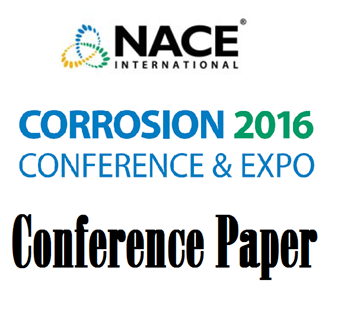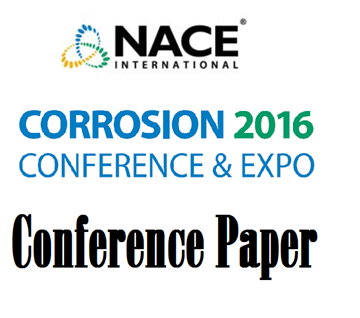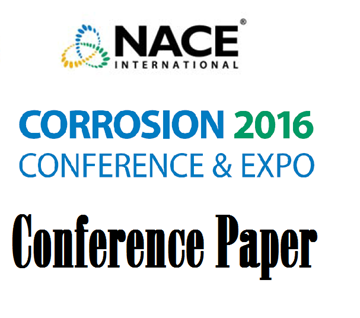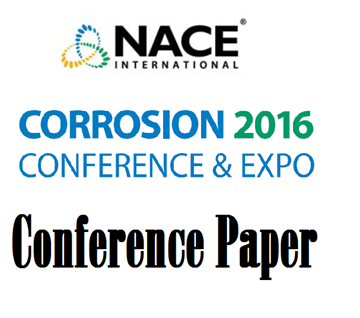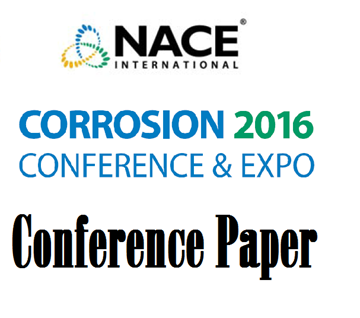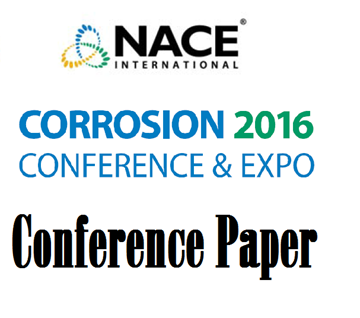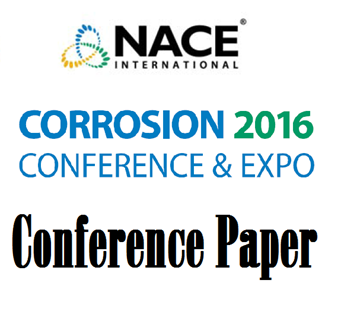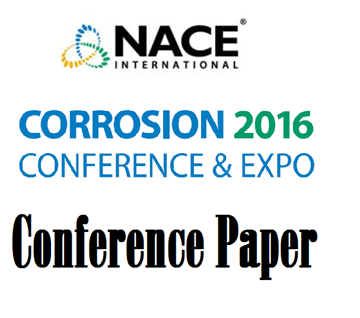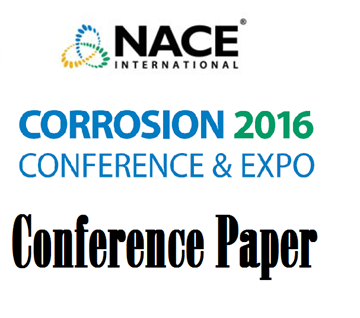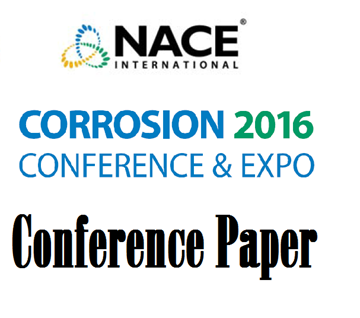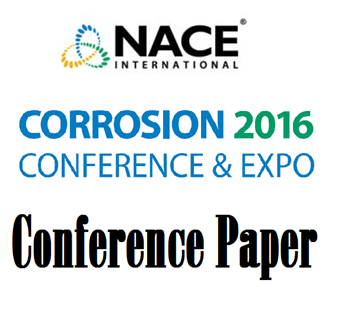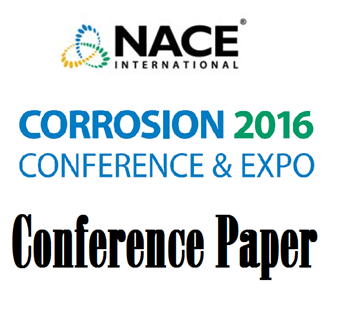Search
Products tagged with '2016 Conference Papers'
View as
Sort by
Display
per page
51316-7323-Study of protection mechanism of multifunctional coating systems against internal corrosion in pipelines in oil and gas industry
Product Number:
51316-7323-SG
ISBN:
7323 2016 CP
Publication Date:
2016
$20.00
51316-7325-Investigation of the Stress Corrosion Cracking Behavior of Duplex and Lean Duplex Stainless Steel Parent and Weldment Materials in Sour Service
Product Number:
51316-7325-SG
ISBN:
7325 2016 CP
Publication Date:
2016
$20.00
51316-7326-Estimation of Critical Localized Corrosion Potentials of Duplex SS with Galvele's Model
Product Number:
51316-7326-SG
ISBN:
7326 2016 CP
Publication Date:
2016
$20.00
51316-7328-Comparing Environmental Resistance of UNS R55400 Tubulars to Other Oilfield Titanium Alloys
Product Number:
51316-7328-SG
ISBN:
7328 2016 CP
Publication Date:
2016
$20.00
51316-7331-Corrosion Resistance of Cast Nickel Base Superalloys in Environments Relevant to Gas-Turbines Operating on Sulfur Rich Fuels
Product Number:
51316-7331-SG
ISBN:
7331 2016 CP
Publication Date:
2016
$20.00
51316-7332-Bioinspired “Green” Scale Inhibitors For Mitigation of Silica Scales
Product Number:
51316-7332-SG
ISBN:
7332 2016 CP
Publication Date:
2016
$20.00
51316-7333-Comparison of Corrosion Behavior in HIC Test Solutions for FFP evaluation
Product Number:
51316-7333-SG
ISBN:
7333 2016 CP
Publication Date:
2016
$20.00
51316-7334-Insight in sidestream corrosion field-testing from the North Sea; experiences benefits and pitfalls
Product Number:
51316-7334-SG
ISBN:
7334 2016 CP
Publication Date:
2016
$20.00
51316-7335-The Impact of Microbial Activity on Infrastructure Pipeline Coatings
Product Number:
51316-7335-SG
ISBN:
7335 2016 CP
Publication Date:
2016
$20.00
51316-7340-Investigation of Cathodic Reaction Mechanisms of H2S Corrosion Using a Passive SS304 Rotating Cylinder Electrode
Product Number:
51316-7340-SG
ISBN:
7340 2016 CP
Publication Date:
2016
$20.00
51316-7342-Development of a New High Charge Polymer for Cooling Water Treatment
Product Number:
51316-7342-SG
ISBN:
7342 2016 CP
Publication Date:
2016
$20.00
51316-7344-Effect of Cycle Frequency on the Oxidation Resistance of Ni- and Fe-based Alloys at 982oC
Product Number:
51316-7344-SG
ISBN:
7344 2016 CP
Publication Date:
2016
$20.00

